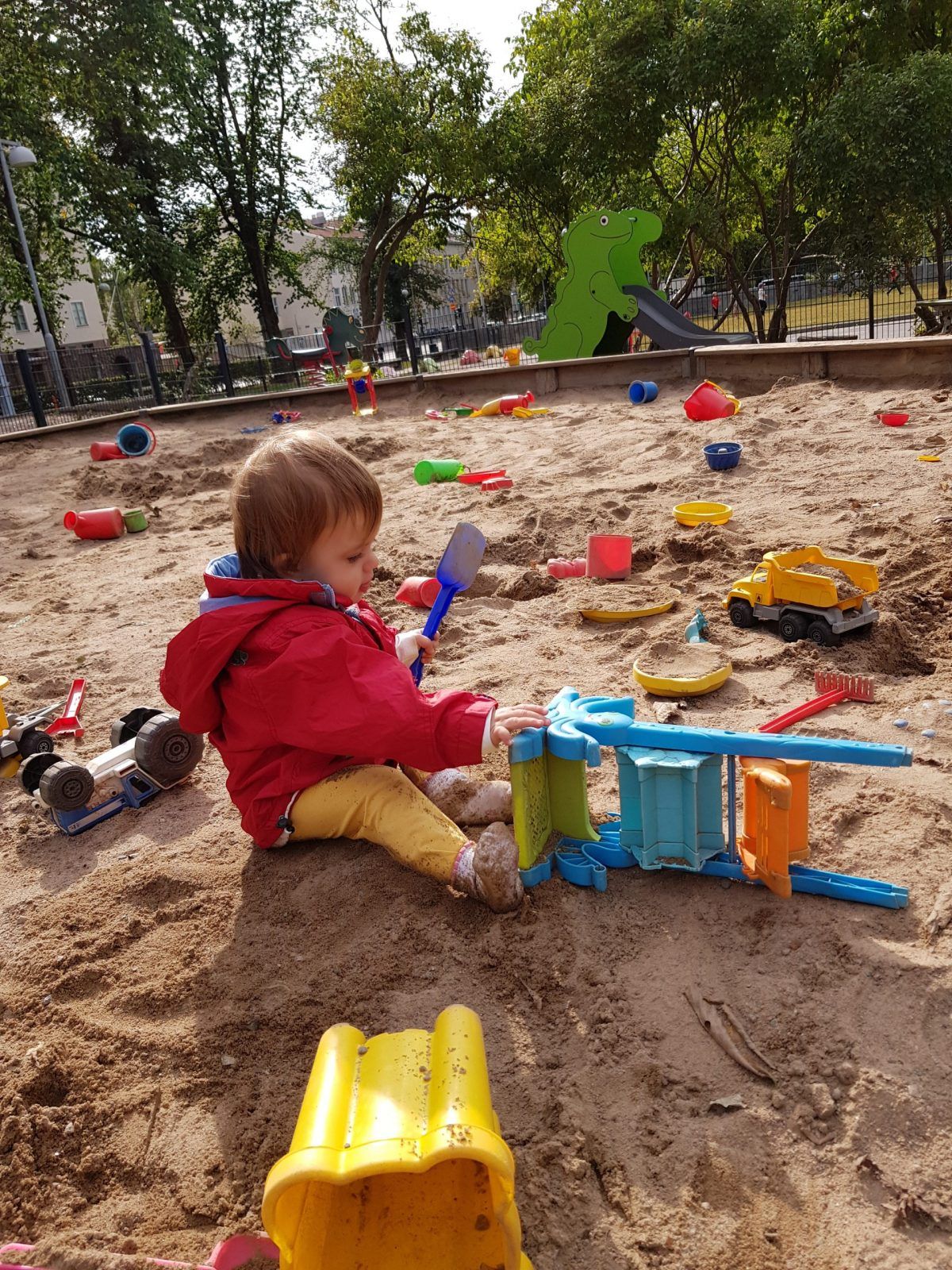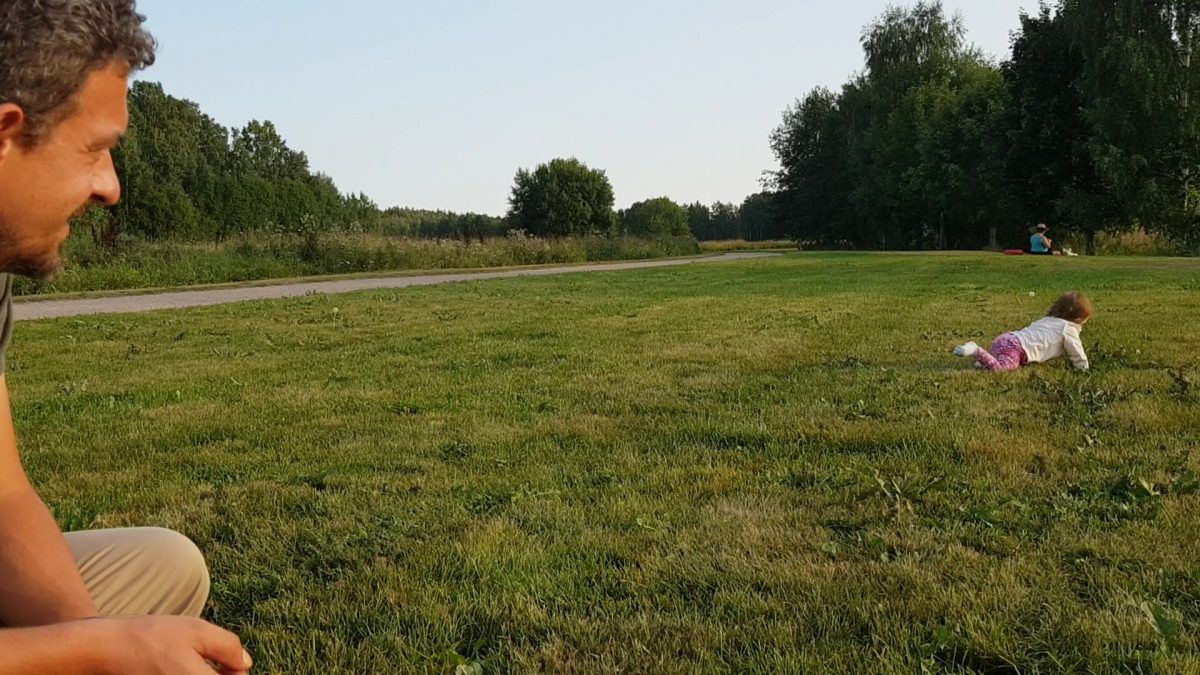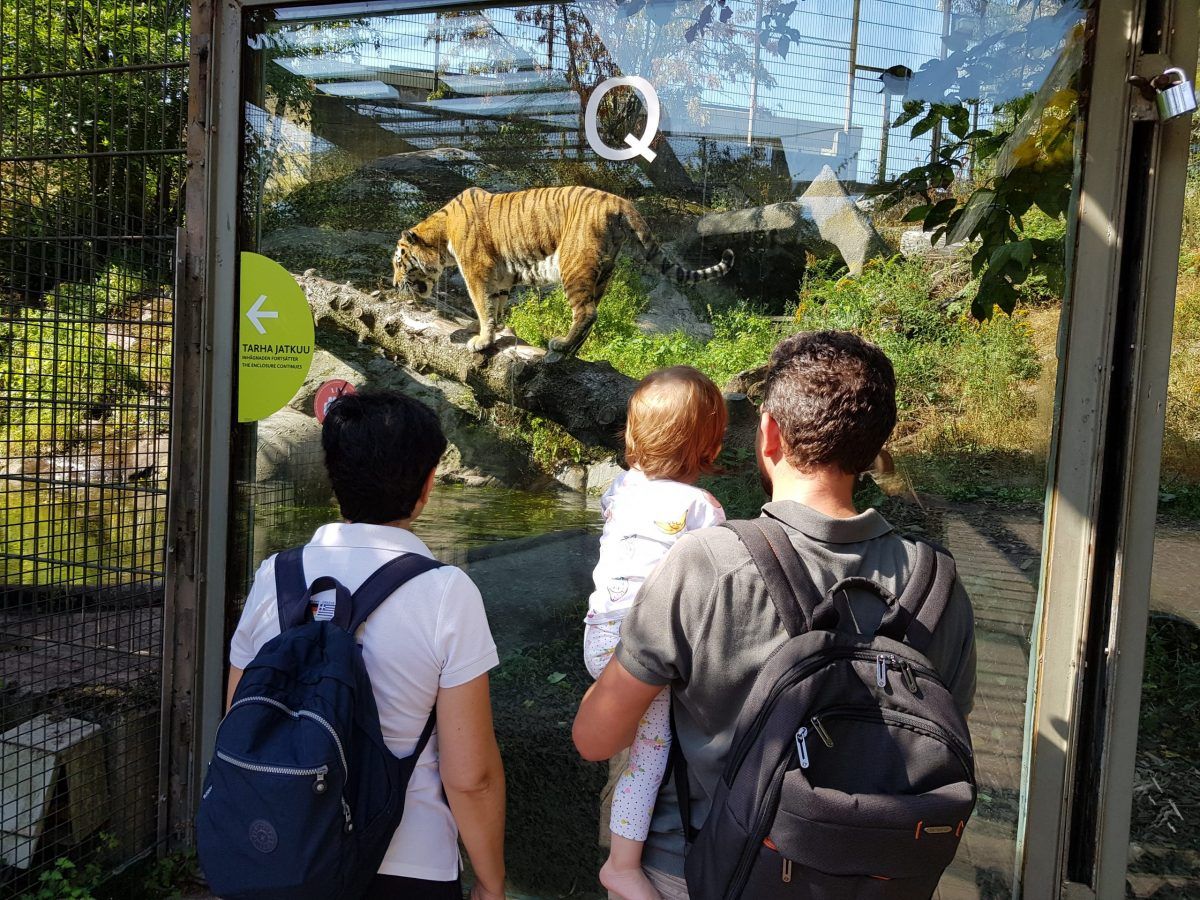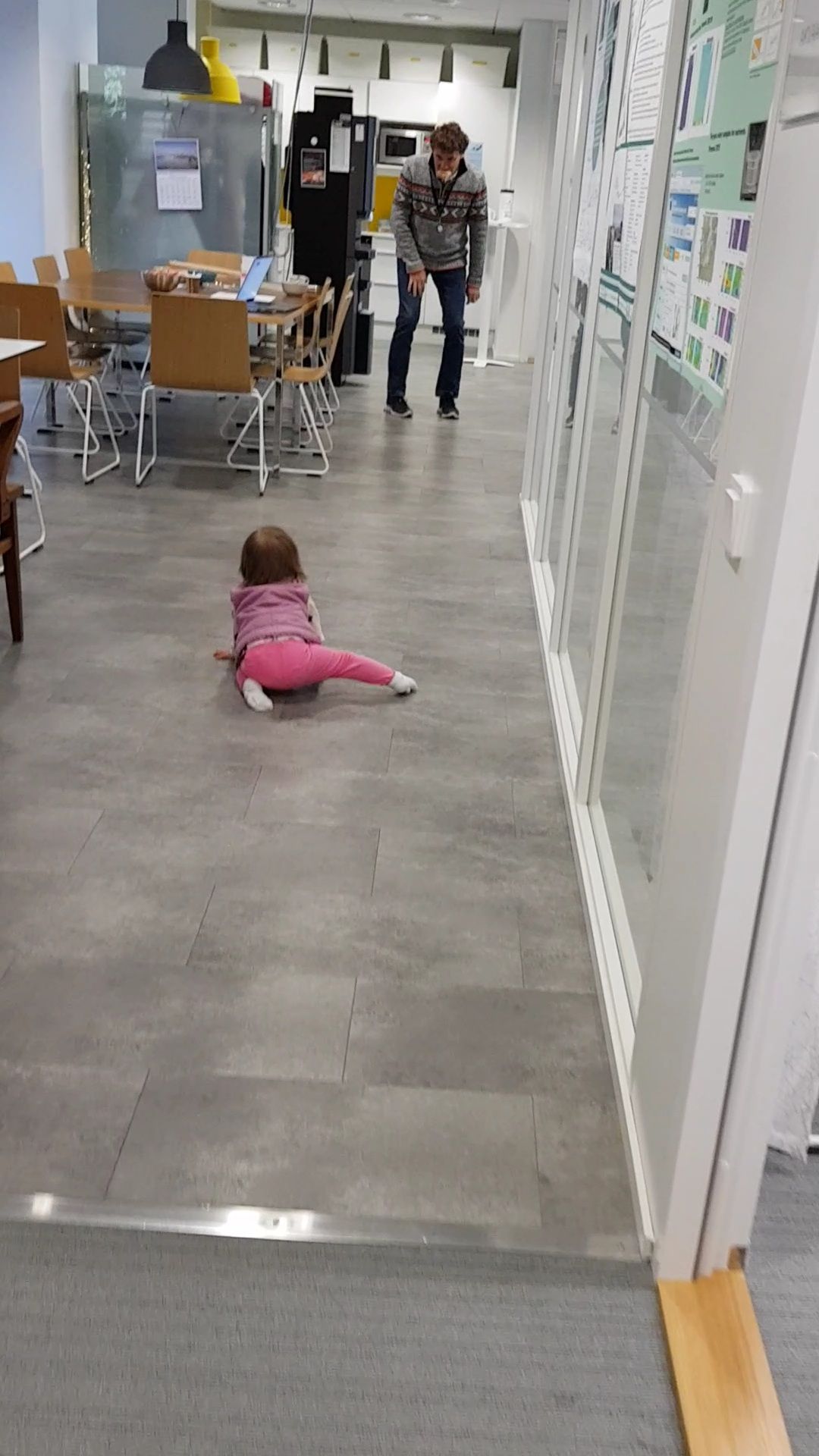Facilities
Transnational Access
Metadata & Data
Papers & Reports
Knowledge Base
Participation in a mesocosm experiment at SYKE-Helsinki: HCMR team and little Maria
4th November 2022
It was the end of February 2022, I was at home with my daughter Maria (7 months old at the time), on a crazy day of insanity and laughter, when I read Vivi’s mail (Paraskevi Pitta) asking me to talk on the phone when I had some free time. She said, ‘I want to ask you something’. That’s how the discussion to submit a proposal to JERICO-S3 Transnational Access to participate in the upcoming mesocosm experiment at the SYKE Marine Research Center facility in Finland began. I remember listening carefully to Vivi as she explained the focus of the experiment (heat wave effects in the Baltic Sea plankton community), what we would be working on, when it would start and how long it would last (about 2 weeks), when the deadline for submitting the proposal was, who would go and so on. All good, with some questions (which were reasonable), but all good. Except for one thing that was running around in my mind and made everything doubtful – what about Maria?

Vivi had read my mind from the beginning and before she had even finished the description, she eased my worries by simply saying, ‘I’ll do the babysitting!’. Things were starting to fall into place and I could make plans again. The truth is, it is one thing for Anastasia to become a ‘mother’, but it is another thing for the mother to become ‘Anastasia’ again. I imagine this is something that many female scientists have experienced, an otherwise normal process that may take time, with anxiety about the future, anxiety about the CV and its ups and downs, regret over a missed opportunity or other negative emotions, that are simultaneously mixed in a magical way with the overwhelming feelings of holding your baby in your arms.

With the support of Vivi and Iordanis Magiopoulos from the Hellenic Centre for Marine Research (HCMR), who from the first moment declared and really offered their best during our stay in Helsinki, and also with the enormous help from the SYKE staff (especially Katri Kuuppo, Jukka Seppälä, and Timo Tamminen), our participation in the experiment became a reality! Maria was there too, she not only explored parks, playgrounds, the zoo, and vast meadows, but also the university campus and the mesocosms facility! Our TA application was accepted by JERICO-S3 and we arrived in Helsinki on August 19th to prepare for the ‘In-door mesocosm experiment studying how heat wave affects the late summer Baltic Sea plankton community’ that would be carried out jointly by the JERICO-S3 and AQUACOSM-plus projects. Vivi, Iordanis, and I undertook to collect samples for viral and bacterial cell enumeration by flow cytometry and microplankton by inverted microscopy back at HCMR. We also prepared 24-hour incubations for the estimation of viral production rates by the viral reduction method, working shifts until 22:00 at night to check whether the temperature increase affects the viral activity. Fifteen challenging days followed in a perfectly organised laboratory and a very friendly, cheerful, and helpful local team who bonded nicely with external participants. I met again dear colleagues from past experiments: Behzad Mostajir (I also met his wife Francesca Vidussi and they told stories about their daughters!) with familiar faces from their team at CNRS-MARBEC MEDIMEER in Sète, and Jens Nejstgaard, Stella Berger, and their team from the IGB LakeLab in Lake Stechlin, Neuglobsow. In addition to Finnish, Maria heard English, Italian, German, and Spanish, walked around the whole building many times, learned to go downstairs with her butt, mopped and crawled many corridors at the university, ate special delicacies and cheeses, played the piano in a restaurant, saw a tiger at the zoo, she scribbled with markers on the board where the instructions for the experiment were written, always safely away from the labs where the chemical reagents were kept, and always away from work she might interfere with. She was covered at night with the bed sheets lent to us by Katri and Timo’s grandchildren and received all the love and care that any child deserves from people around her, thus leaving time for mom to run an experiment, read a paper, and participate in a meeting to discuss graphs!

Finally, the answer to Vivi’s email (‘I want to ask you something’) was ‘Yes, I want to go to this experiment’, but it would not have come true without the support of the whole team and my husband Dimitris who was also there taking care of Maria during the first days. I wish that all women who are in science first and foremost ‘ask for’ and then ‘receive’ the help they need to make their dreams come true.
